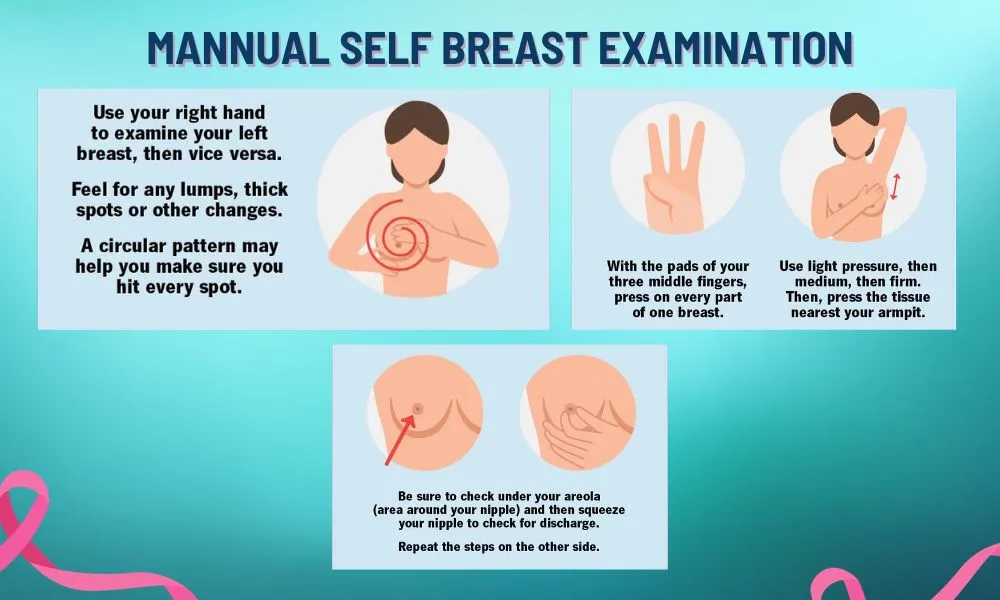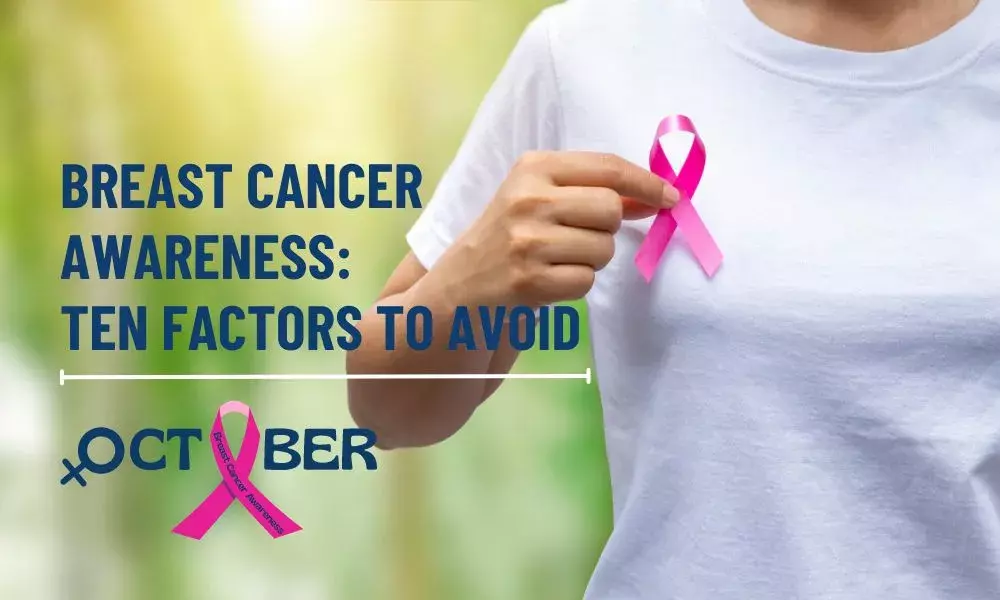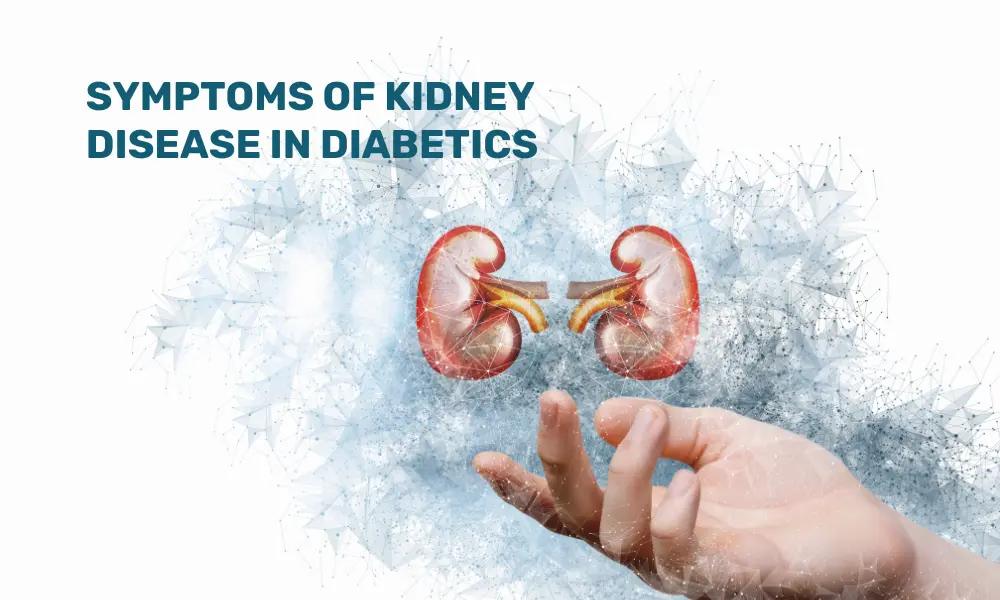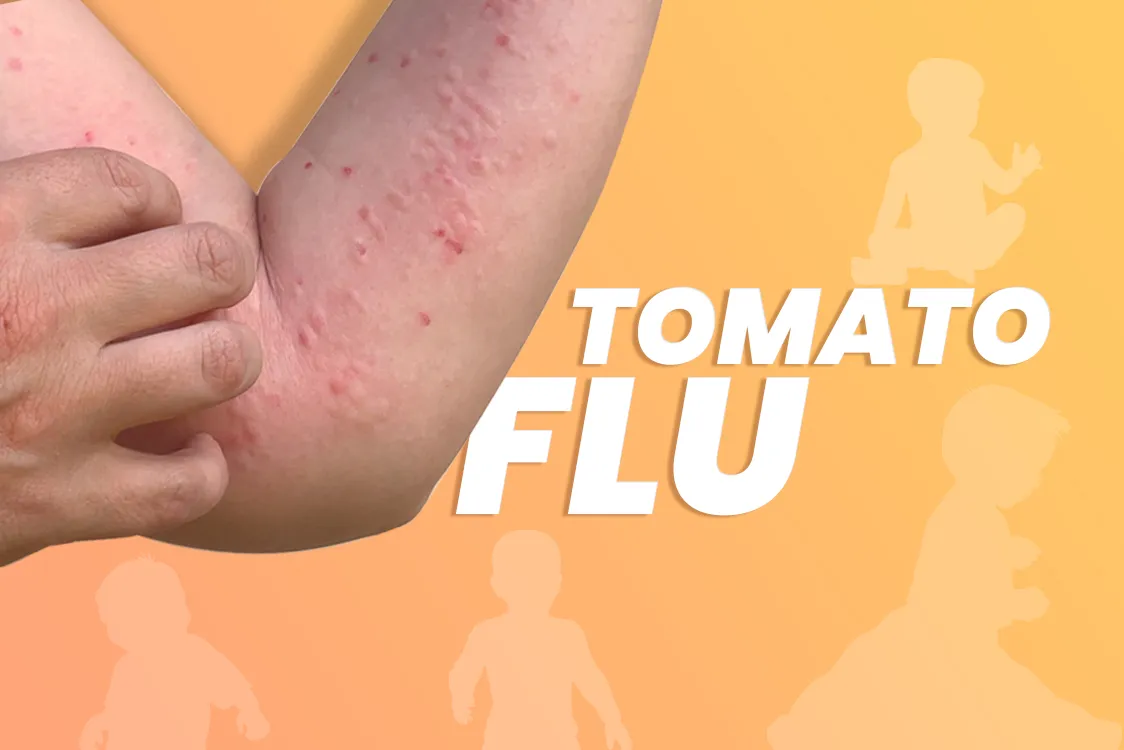Breast cancer is increasingly becoming one of the most common cancers worldwide, especially in females, affecting the lives of millions of individuals and causing significant mortality.
Breast Cancer Awareness month is observed globally in October every year. Its purpose is to raise awareness about breast cancer and promote early detection. During this month, various campaigns, events, and educational activities are conducted by health care institutes to spread information about breast health, self-examination, and screening methods.
Table of Content
-
What is Breast Cancer?
-
Signs and Symptoms to be aware of.
-
Ten things or habits to Avoid.
-
Preventive Measures.
What is Breast Cancer?
Breast cancer starts in the cells of the breast, typically in the ducts that carry milk to the nipple or lobules that produce milk. Breast cancer can occur in both men and women, but it is more common in women. While it is impossible to completely avoid breast cancer, certain lifestyle choices can help reduce the risk. Maintaining a healthy weight, engaging in regular physical activity, limiting alcohol consumption, not smoking, and breastfeeding may lower the chances of developing breast cancer.
Additionally, early detection through regular mammograms and clinical breast exams can increase the chances of successful treatment.
Signs and Symptoms to be aware of!
Lumps, thickening, and dimpling: In some cases, symptoms of breast cancer may not be apparent, making vigilance critical. However, a palpable lump in the breast or armpit may appear in most cases. There can be thickening or swelling in the breast and skin dimpling.
Redness, flaky skin, discharge, and changes: Redness around the nipple and flaky skin should be observed. Additionally, nipple discharge, including cases involving blood, may occur. Changes in breast shape and persistent pain are potential indicators of underlying malignancy.
Peau d’Orange: A notable sign to watch for is ‘Peau d’orange,’ a French term for ‘orange peel,’ where the skin over the breast resembles the texture of an orange peel, appearing swollen and dimpled.
Ten things or habits to avoid
1. Overweight: Being overweight or obese can substantially increase the risk of developing breast cancer, especially after menopause.
2. Lack of physical activity: Lack of regular exercise and a sedentary lifestyle can contribute to breast cancer risk.
3. Alcohol consumption: Regular and excessive alcohol consumption can increase the risk of developing breast cancer.
4. Smoking: Smoking tobacco increases the risk of breast cancer, particularly among pre-menopausal women.
5. Environmental factors: Exposure to certain chemicals and pollutants, such as pesticides and chemicals in plastic, may increase breast cancer risk.
6. Poor diet: A diet that lacks nutrition and is high in processed foods, saturated fats, and low in fruits and vegetables may contribute to an increased risk of breast cancer.
7. Not breastfeeding: Women who do not breastfeed or breastfeed for shorter durations have a slightly higher risk of breast cancer.
8. Delayed childbirth and fewer pregnancies: Women who have their first child after age 30 or have fewer pregnancies have a higher risk of breast cancer.
9. Birth control pill use: Using oral contraceptives for an extended period may slightly increase the risk of breast cancer.
10. Hormone replacement therapy (HRT): Long-term use of HRT, especially estrogen-progestin combination therapy, can increase the risk of breast cancer.
Preventive measures and action
Here are certain measures that can help reduce the risk of breast cancer:
Self-Examination: Self-palpation, or self-examination, remains one of the most effective screening methods to detect a breast cancer lump in its early stages. This can help in early diagnosis, and treatment gets easier.

Keep weight in check: It is crucial to maintain a healthy weight, as obesity is one of the risk factors for breast malignancy. One must set realistic fitness goals to stay active and maintain an ideal weight. One can consider doing aerobic, strength training, and brisk walking to achieve physical fitness.
Breastfeeding: It has been known that breastfeeding may serve as a protective function against any lump formation. It reduces the risk of diabetes, cardiovascular diseases, and ovarian cancer as well. The longer the duration of breastfeeding, the lesser the risk of malignancy.
Avoiding alcohol: Keeping a check on alcohol consumption is considered prudent. Reducing the amount of alcohol and gradually switching to non-alcoholic drinks is recommended. Managing stress, which often leads to solitary binging, is also essential.
Maintaining a healthy diet: Eat balanced diet including fresh fruits, vegetables, nuts, whole grains, legumes, and fish. One must avoid junk food.
The risk of breast cancer cannot be eliminated but can be reduced by following a healthy lifestyle and making necessary changes.





